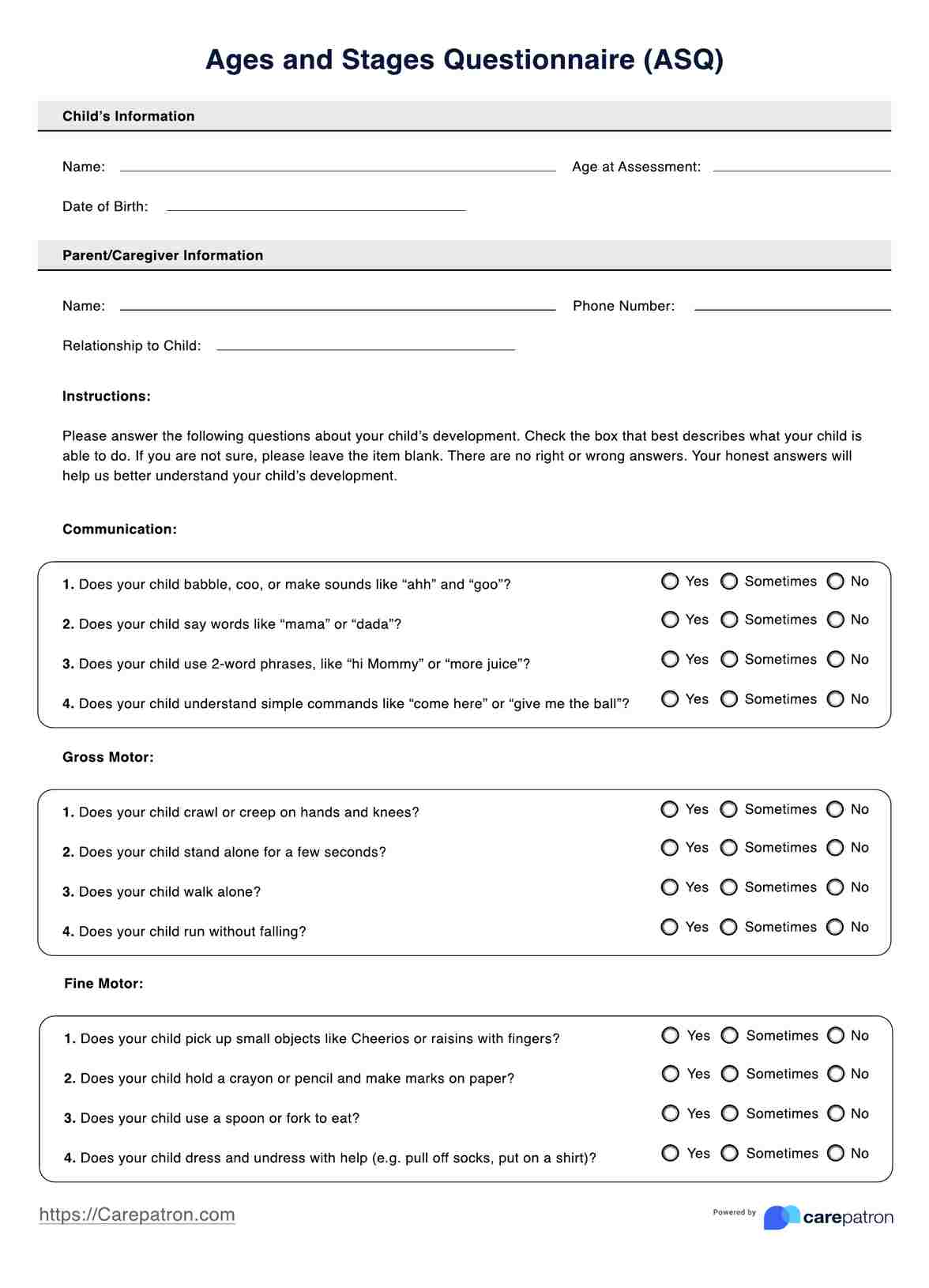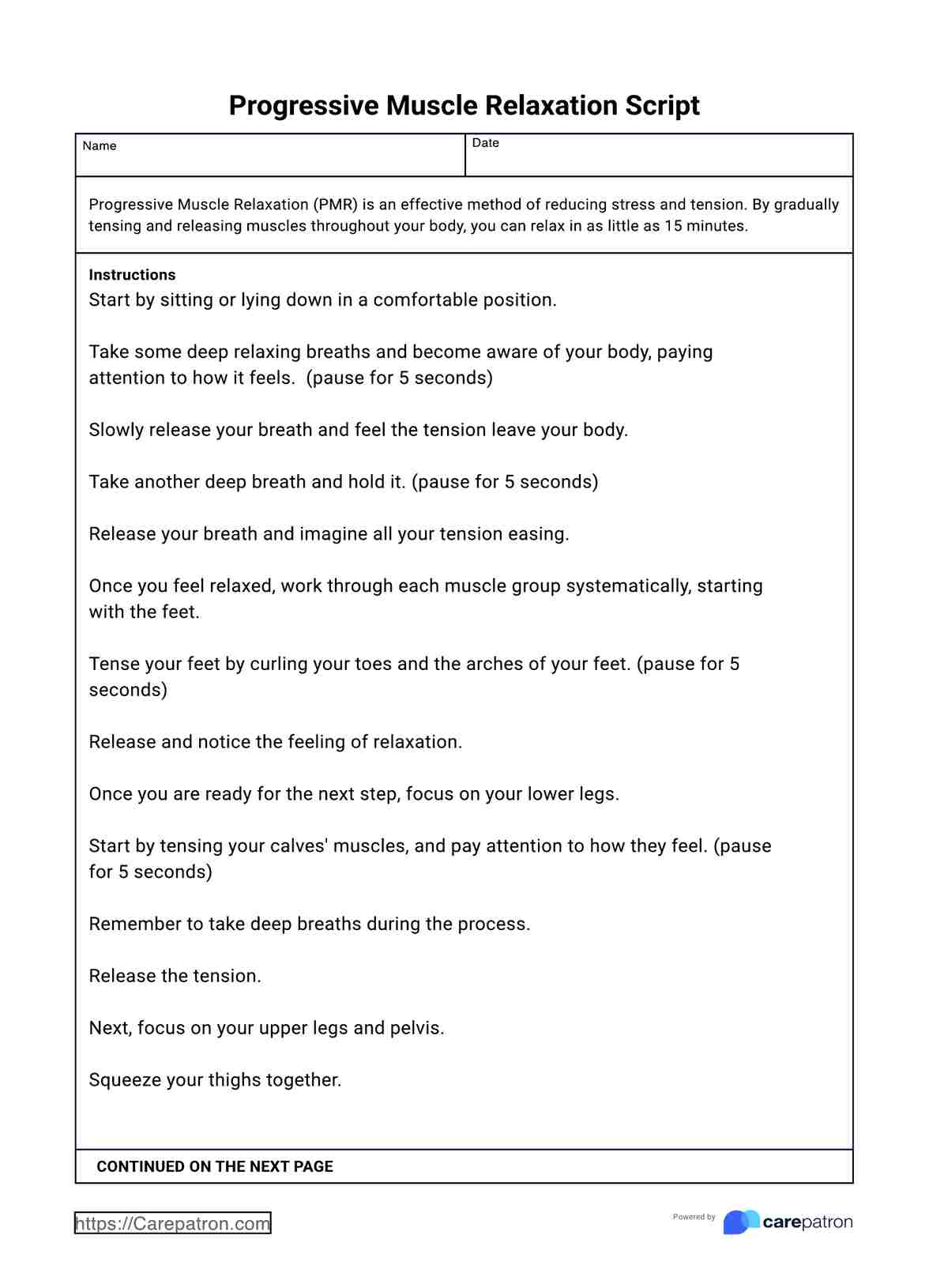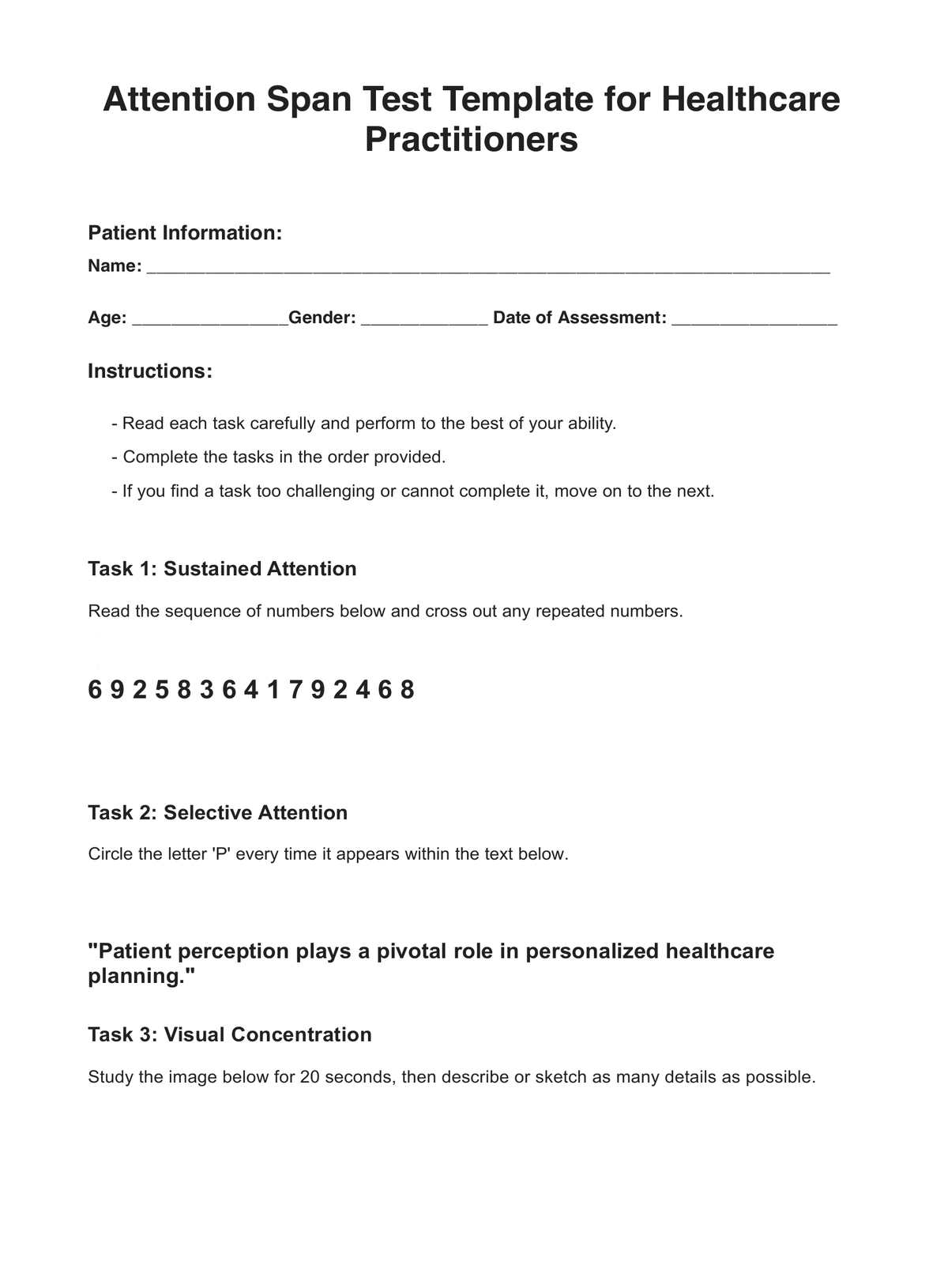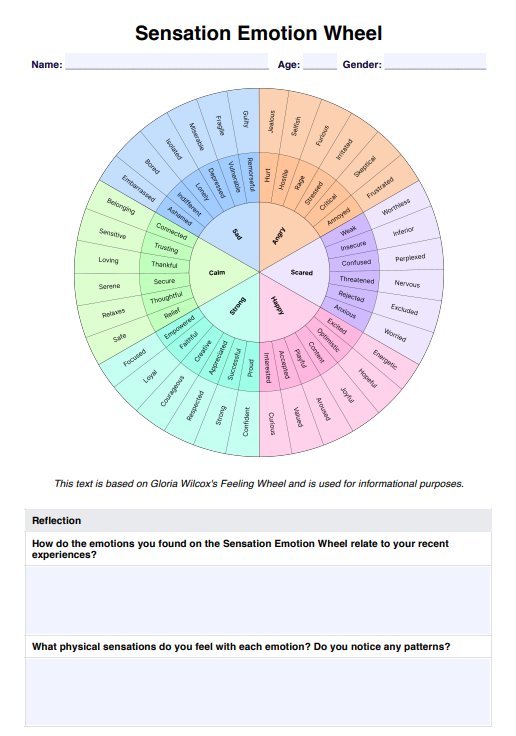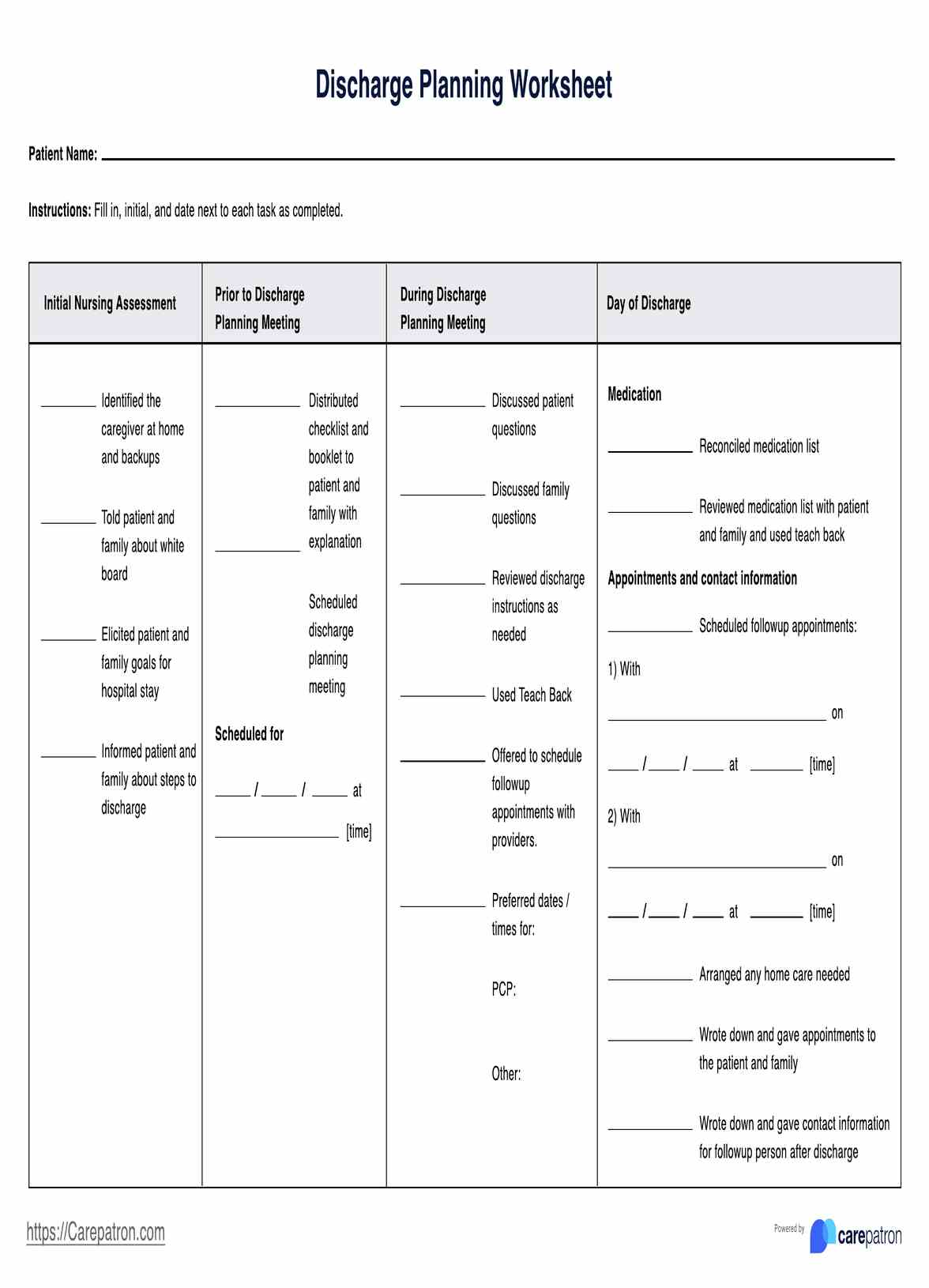ANA
Discover the significance of the ANA Test with Carepatron's comprehensive guide. Get insights, examples, and a free PDF download for healthcare professionals.


What is an ANA (Antinuclear Antibody) Test?
Navigating the vast landscape of medical tests can be daunting, even for seasoned healthcare professionals. But every so often, a test stands out for its significance, and the ANA (Antinuclear Antibody) Test is one such marvel. At its core, the is a blood test used to detect autoimmune disorders. Think of it as a beacon, shining a light on conditions like lupus, rheumatoid arthritis, and many others.
Now, you might wonder, "What makes this test so special?" The ANA Test specifically targets antinuclear antibodies in the blood. These little culprits mistakenly attack the body's tissues, thinking they're foreign invaders. When these antibodies are present in unusually high numbers, it's often a sign that the body's immune defense has gone a tad overboard.
But here's the kicker: Not everyone with elevated ANA levels has an autoimmune disorder. This is where the expertise of healthcare professionals comes into play. Interpreting the results, understanding the nuances, and making informed decisions is crucial. And with the right resources, like the guide you're diving into, that task becomes much more manageable.
So, whether you're a seasoned professional looking to brush up on your knowledge or a newbie eager to learn, this guide on the ANA Test is your trusty companion. Let's embark on this journey together, demystifying the complexities and embracing the wonders of medical science.
ANA Template
ANA Example
How to Use the ANA (Antinuclear Antibody) Test
The ANA test is a crucial diagnostic tool for detecting autoimmune disorders. Its accuracy and effectiveness lie in the meticulous process of administering and interpreting the test. Here's a step-by-step guide for healthcare professionals:
Gather Patient Information
Begin by collecting essential patient details like name, age, gender, and contact information. This ensures that the test results are correctly attributed and communicated.
Take a Detailed Medical History
Inquire about any known autoimmune disorders, family history of such conditions, and any recent infections or illnesses. Document any medications the patient takes, as some can influence ANA levels.
Blood Sample Collection
Inform the patient about the procedure and ensure they are comfortable. Draw a blood sample using a sterile needle, typically from a vein in the arm.
Send the Sample for Laboratory Analysis
Label the sample correctly and send it to a certified laboratory for analysis. The lab will determine the ANA titer level and observe the ANA pattern.
Interpret the Results
Once the results are received, check the ANA titer level against standard ranges to determine if it's positive or negative. Observe the ANA pattern (e.g., homogeneous, speckled, nucleolar, centromere) as it can provide insights into specific autoimmune disorders.
Discuss the Findings with the Patient
Schedule a follow-up appointment to discuss the results with the patient. If necessary, offer insights into the results and recommend further tests or treatments.
In conclusion, the ANA test is a valuable tool in diagnosing autoimmune disorders. Proper administration and interpretation are vital to ensure accurate results. By following the steps outlined above, healthcare professionals can provide their patients with clear and actionable insights into their health.
When Would You Use This Test?
The ANA (Antinuclear Antibody) Test is a pivotal diagnostic tool in the medical field, especially when identifying autoimmune disorders. But when exactly is the right time for healthcare professionals to employ this test? Here are some critical scenarios:
- Suspected Autoimmune Disorders: The primary use of the ANA test is to detect autoimmune disorders. If a patient presents symptoms like joint pain, fatigue, or unexplained rashes, this test can be instrumental in pinpointing the cause.
- Family History: If a patient has a family history of autoimmune diseases like lupus or rheumatoid arthritis, the ANA test can be used as a preventive measure to detect early signs.
- Unexplained Symptoms: For patients with vague symptoms that don't align with a specific disease, the ANA test can provide clarity by either confirming or ruling out autoimmune disorders.
- Monitoring Treatment Efficacy: In patients already diagnosed with an autoimmune condition, the ANA test can be used periodically to monitor the effectiveness of treatments and therapies.
- Refinement of Diagnosis: In cases where a patient has already been diagnosed with a specific autoimmune disorder, the ANA test can help refine the diagnosis by identifying the particular type of antinuclear antibodies present.
In conclusion, the ANA test is not just a one-size-fits-all diagnostic tool. Its utility spans various scenarios, from early detection to treatment monitoring. For healthcare professionals, understanding when to use this test is crucial to ensure accurate diagnosis and effective patient care, making resources like our ANA test template invaluable in their toolkit.
What do the Results Mean?
Interpreting the results of the ANA (Antinuclear Antibody) Test is crucial for healthcare professionals to provide accurate diagnoses and recommend appropriate treatments. The presence, pattern, and titer of antinuclear antibodies can provide valuable insights into a patient's health. Here's a breakdown of expected results and their implications:
- Negative Result: A negative result indicates the absence of antinuclear antibodies in the blood. While this typically means the patient doesn't have an autoimmune disorder, it's essential to consider the complete clinical picture, as some patients with autoimmune diseases might not have detectable ANA levels.
- Positive Result: A positive result signifies the presence of antinuclear antibodies. This can be associated with autoimmune disorders, including lupus, rheumatoid arthritis, and Sjögren's syndrome. The specific pattern and titer can further narrow down the diagnosis.
- Homogeneous Pattern: Often associated with systemic lupus erythematosus (SLE).
- Speckled Pattern: This can be linked to SLE, Sjögren's syndrome, and scleroderma.
- Nucleolar Pattern: Typically seen in patients with scleroderma.
- Centromere Pattern: Commonly found in patients with limited scleroderma or CREST syndrome.
- Titer Levels: The titer indicates the concentration of ANA in the blood. A higher titer (e.g., 1:320) suggests a greater antibody concentration, indicating active disease or a more severe disorder.
In wrapping up, while the ANA test provides valuable insights, it's essential to interpret the results in conjunction with clinical symptoms and other diagnostic tests. A comprehensive approach ensures patients receive accurate diagnoses and the best possible care, underscoring the importance of resources like our ANA test template in guiding healthcare professionals.
Research & Evidence
The ANA (Antinuclear Antibody) Test has a rich history and has been a cornerstone in diagnosing autoimmune diseases for decades. The test was developed to detect the presence of antinuclear antibodies in the blood. The immune system produces these antibodies and can attack the body's tissues, leading to various autoimmune diseases.
Community-acquired methicillin-resistant Staphylococcus aureus (CA-MRSA) was first recognized in the early 1980s. It was noted to occur in patients without any identifiable predisposing risk factors. Over time, the prevalence of CA-MRSA infection has increased across the United States in both pediatric and adult populations. Some researchers theorized that CA-MRSA was initially a hospital-acquired pathogen with strains traceable to specific healthcare facilities, while others believed it developed de novo within the community. Molecular, genetic, and microbiologic studies have shown that CA-MRSA is associated with a unique genetic profile and phenotype. Many CA-MRSA strains have become endemic in specific geographic regions, replacing other strains due to selective genetic advantages.
Oral antibiotic therapy plays a crucial role in treating uncomplicated cutaneous CA-MRSA infections. In dermatology practices, most CA-MRSA infections present as folliculitis or furunculosis, with many patients presenting with abscess-like lesions. Incision and drainage are the primary therapies for abscesses. However, when oral antibiotic therapy is deemed necessary, tetracycline agents and trimethoprim-sulfamethoxazole have proven effective for most patients with uncomplicated skin and soft-tissue infections caused by CA-MRSA.
References
- Use of Oral Doxycycline for Community-acquired Methicillin-resistant Staphylococcus aureus (CA-MRSA) Infections
- Bhambri, S., Kim, G. (2009). Use of Oral Doxycycline for Community-acquired Methicillin-resistant Staphylococcus aureus (CA-MRSA) Infections. J Clin Aesthet Dermatol, 2(4), 45–50.
Commonly asked questions
A positive ANA test indicates the presence of antinuclear antibodies in the blood, which can be associated with autoimmune disorders. However, a positive result doesn't necessarily mean one has an autoimmune disease.
The frequency of the ANA test depends on the patient's symptoms and the physician's recommendations. It's often used as an initial test and may be repeated if symptoms develop or change.
Yes, certain medications can induce a positive ANA result, including some blood pressure drugs, anti-seizure medicines, and tuberculosis drugs.



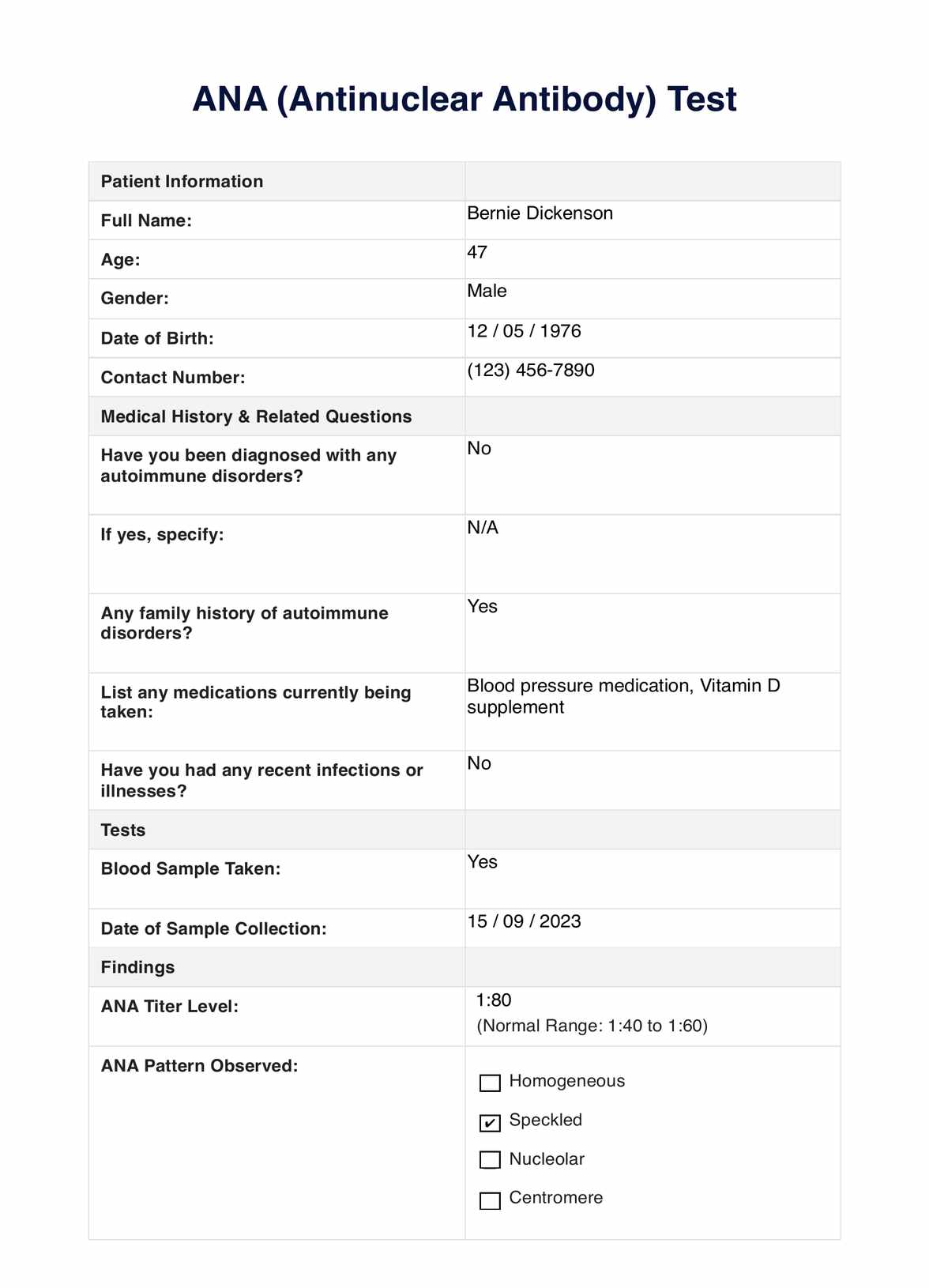

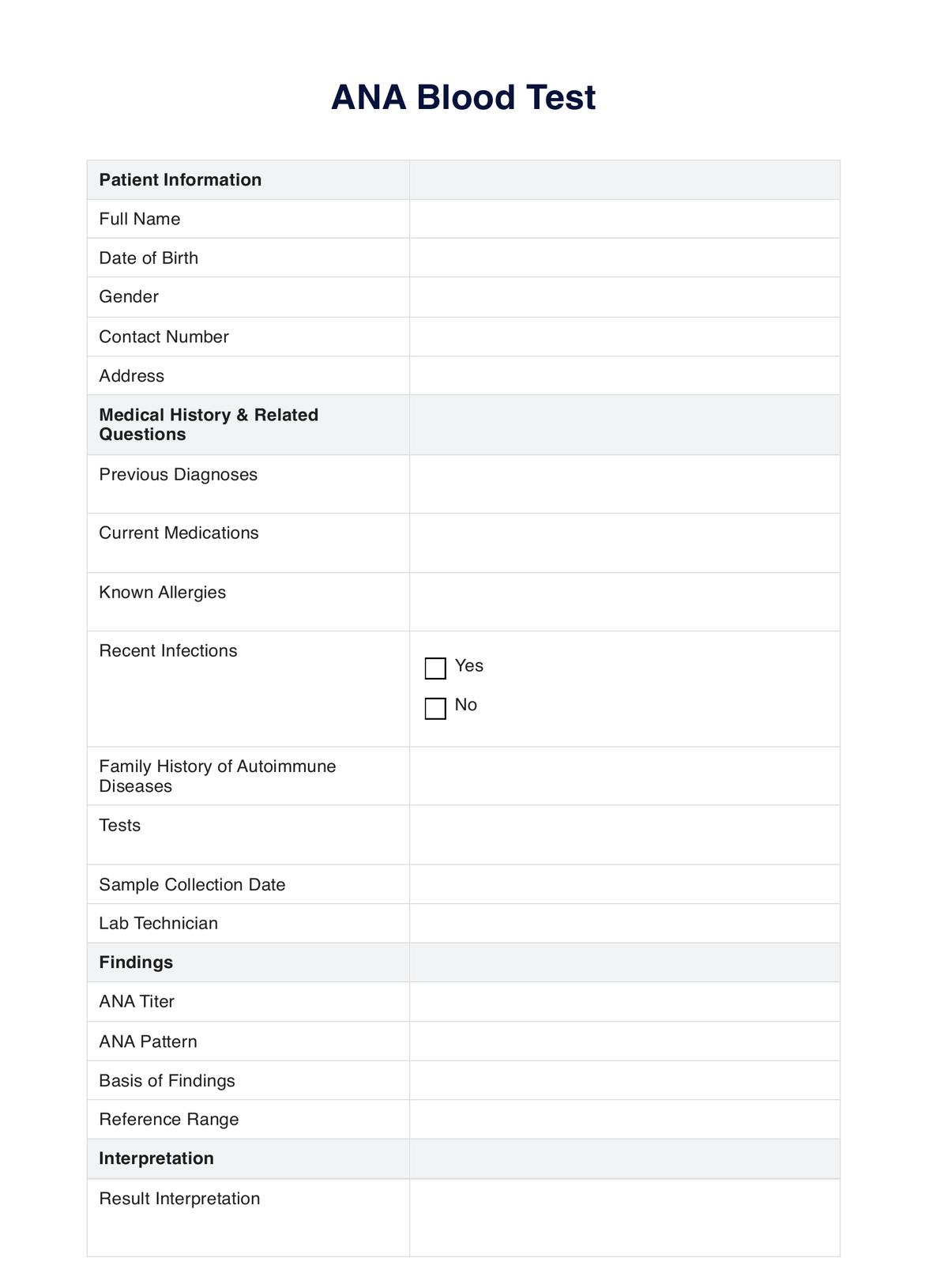
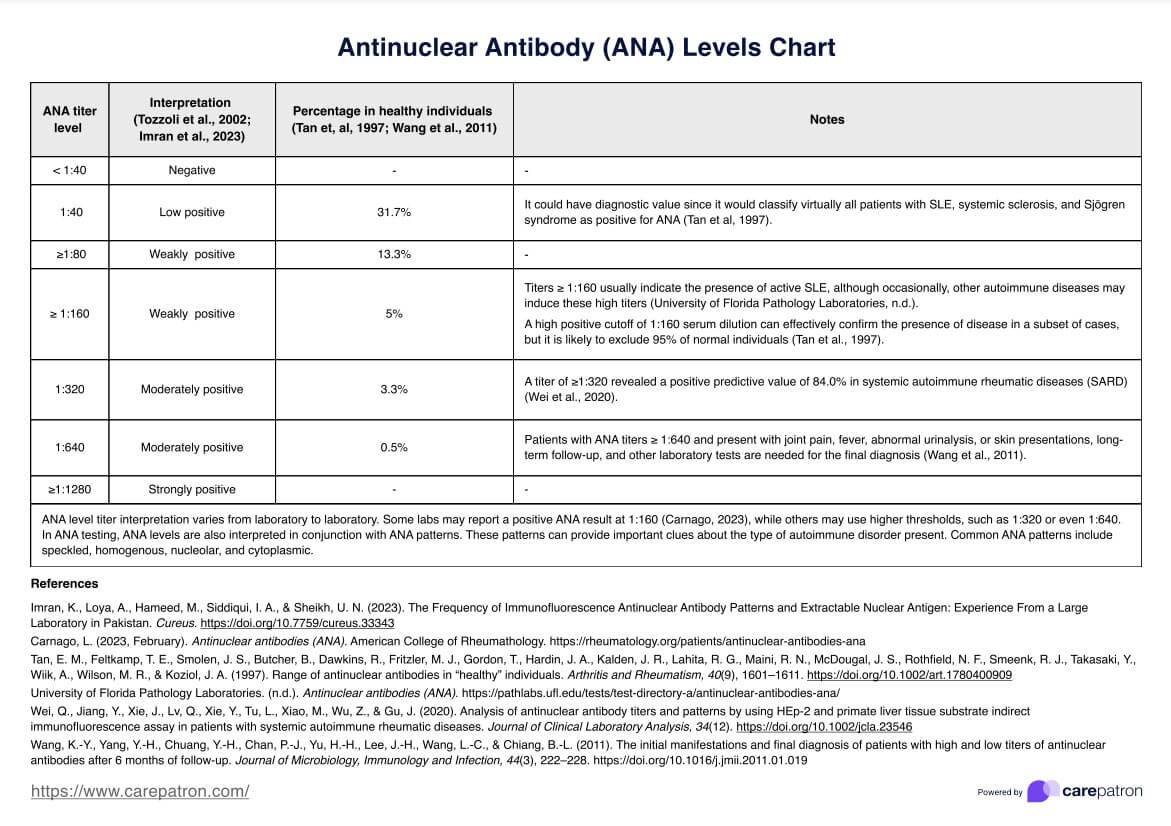

















-template.jpg)

















































































